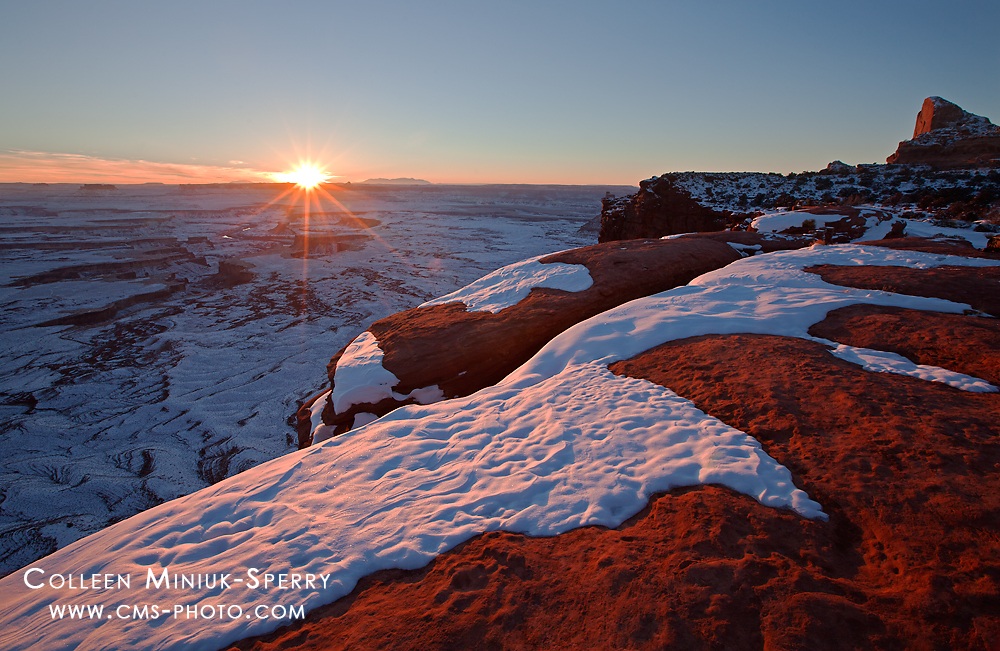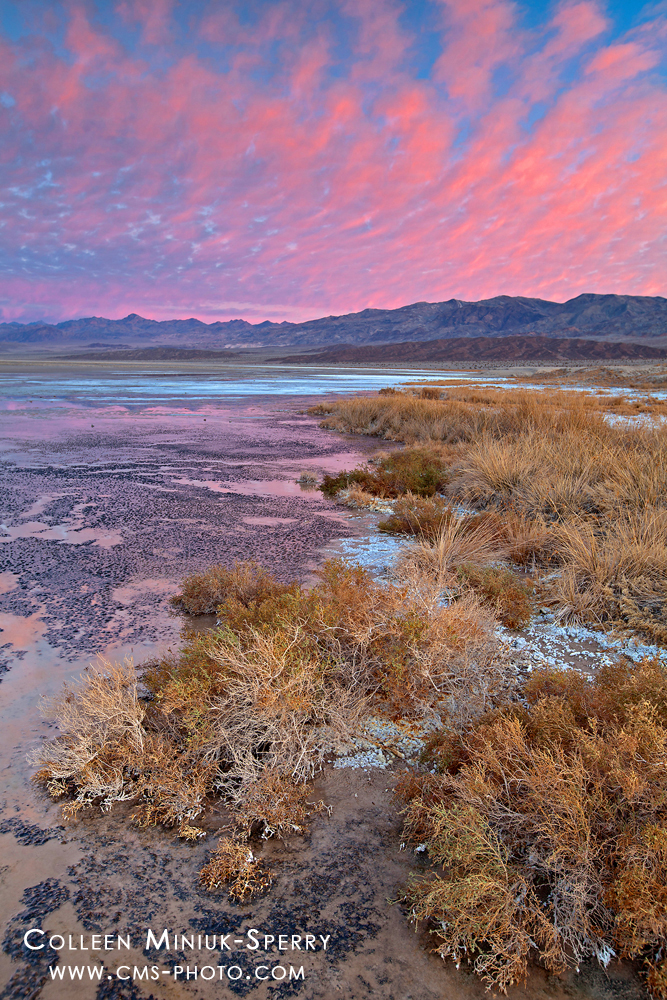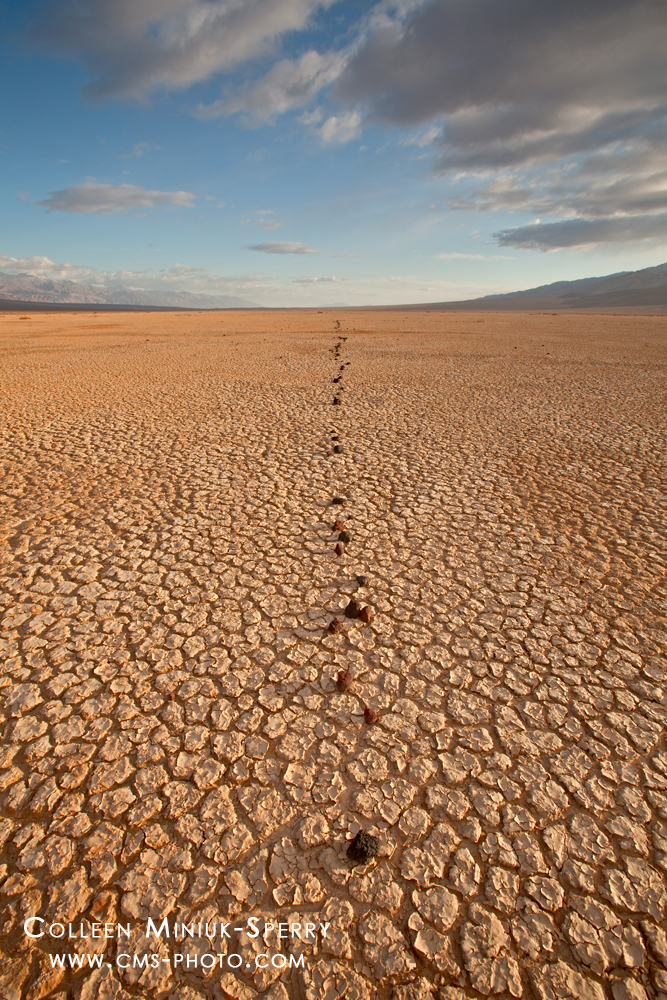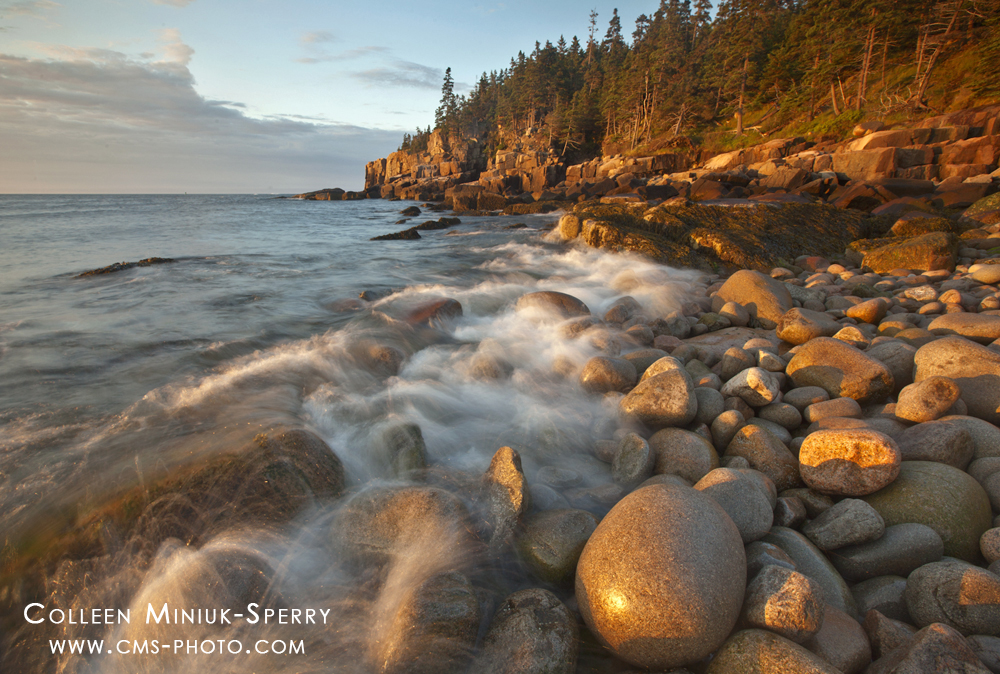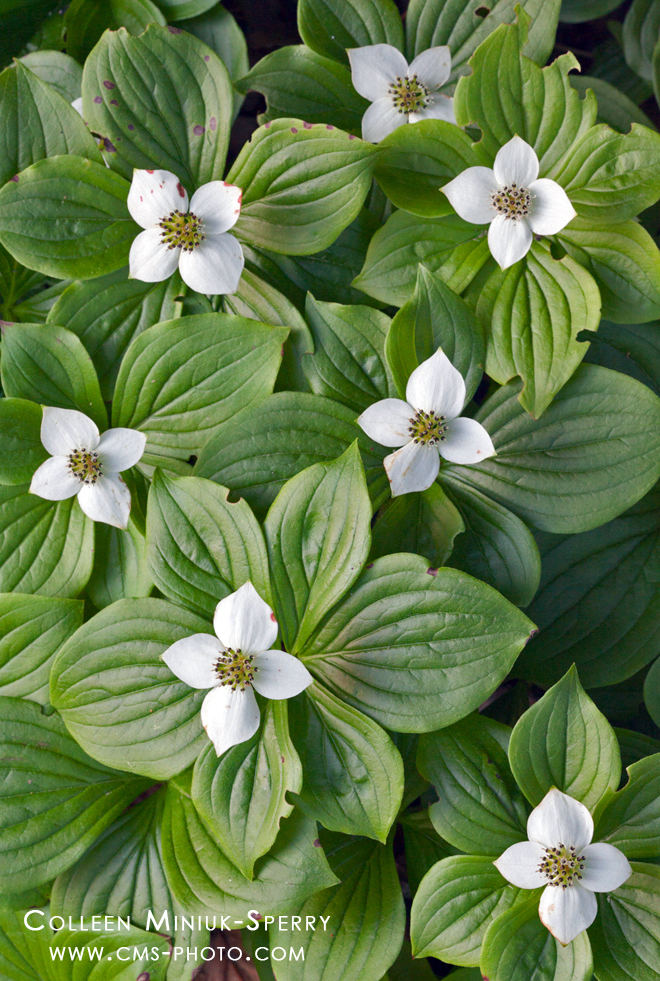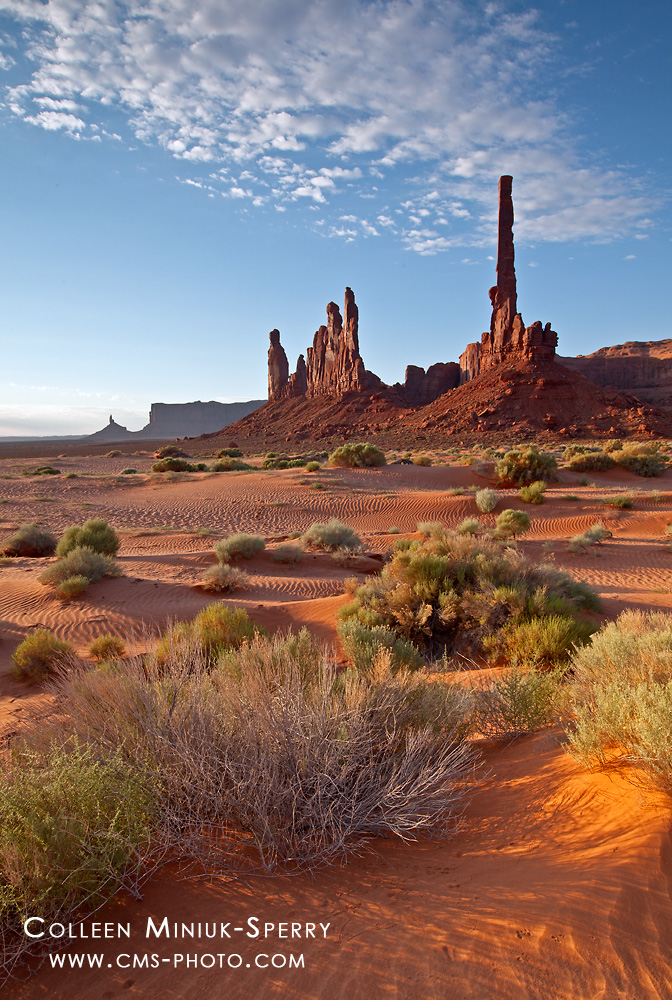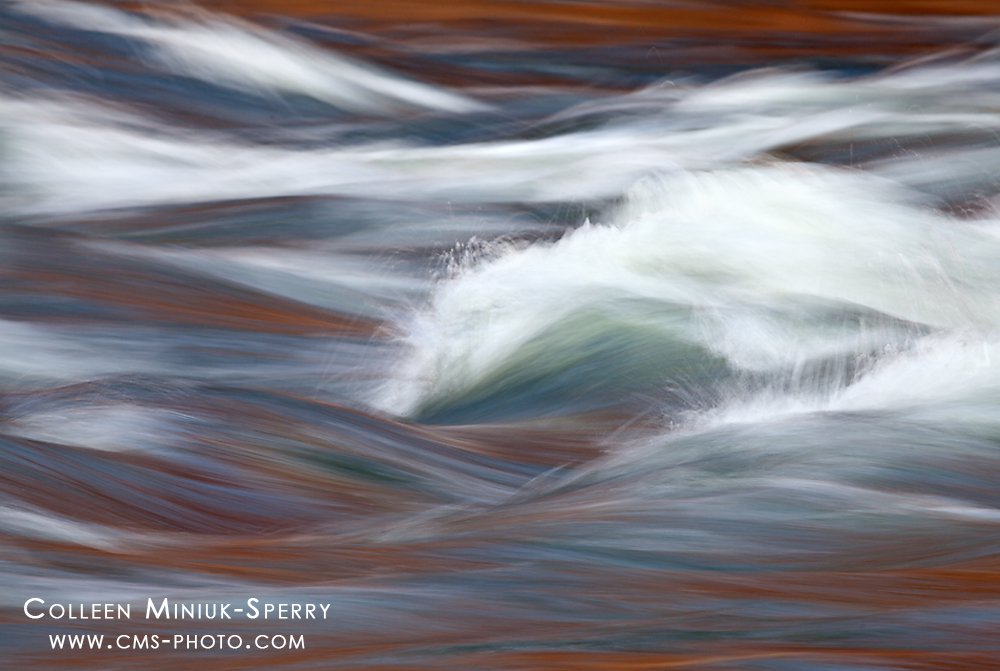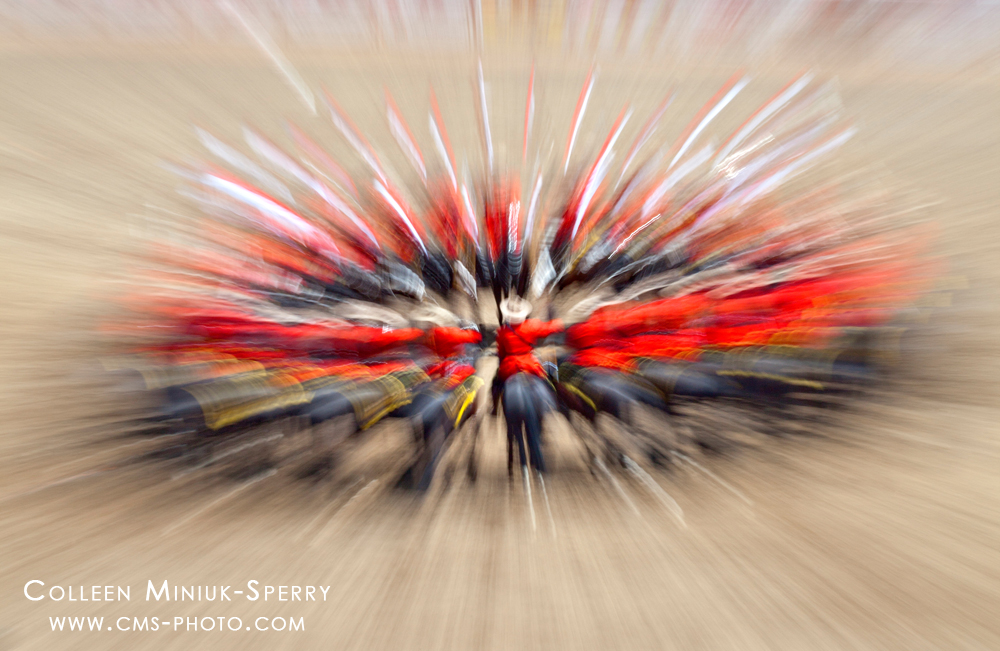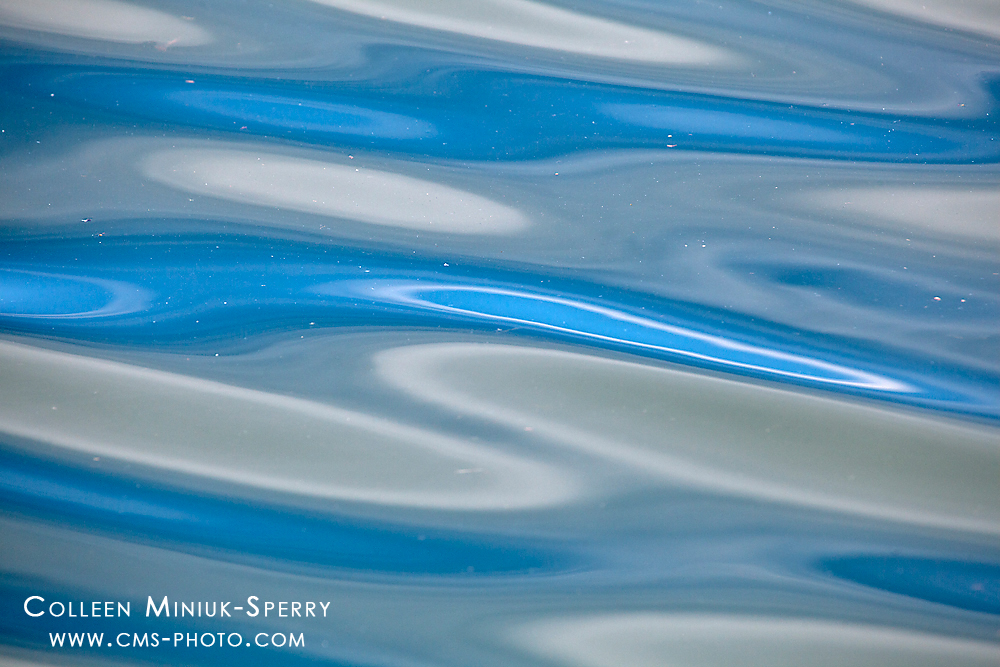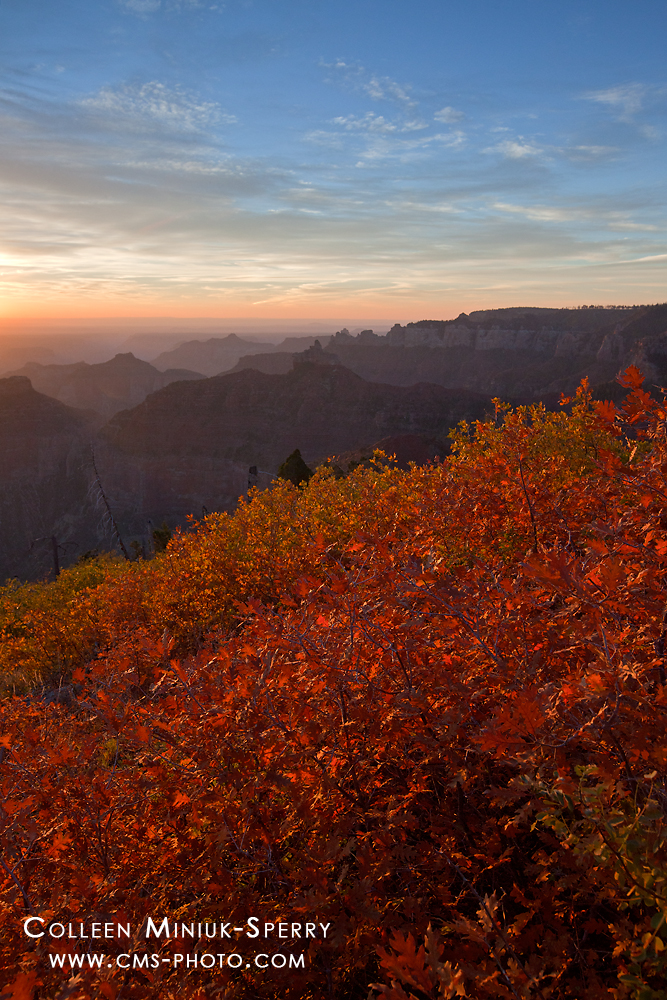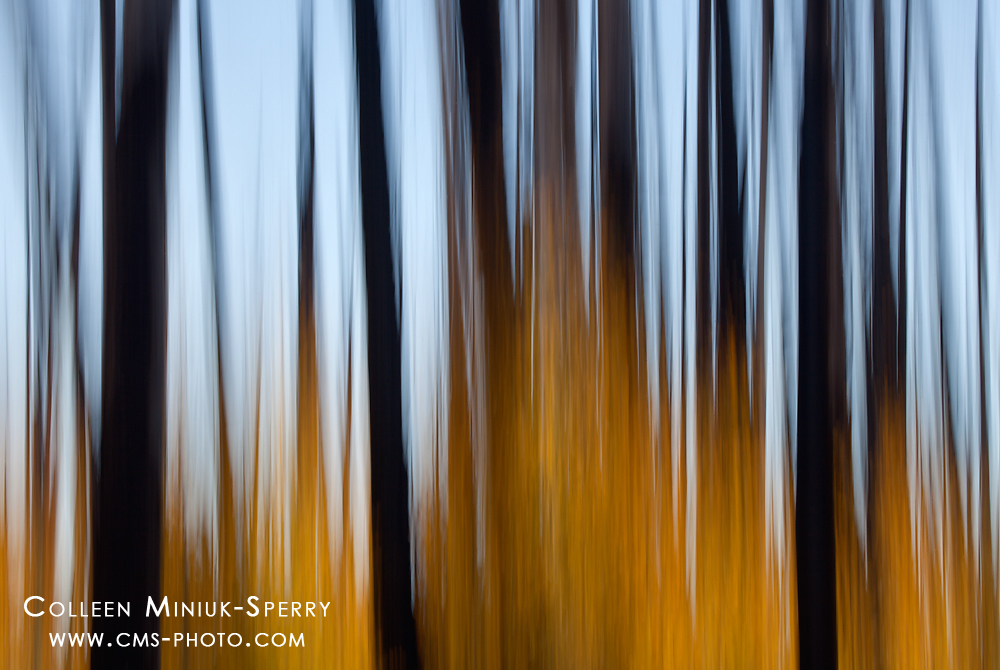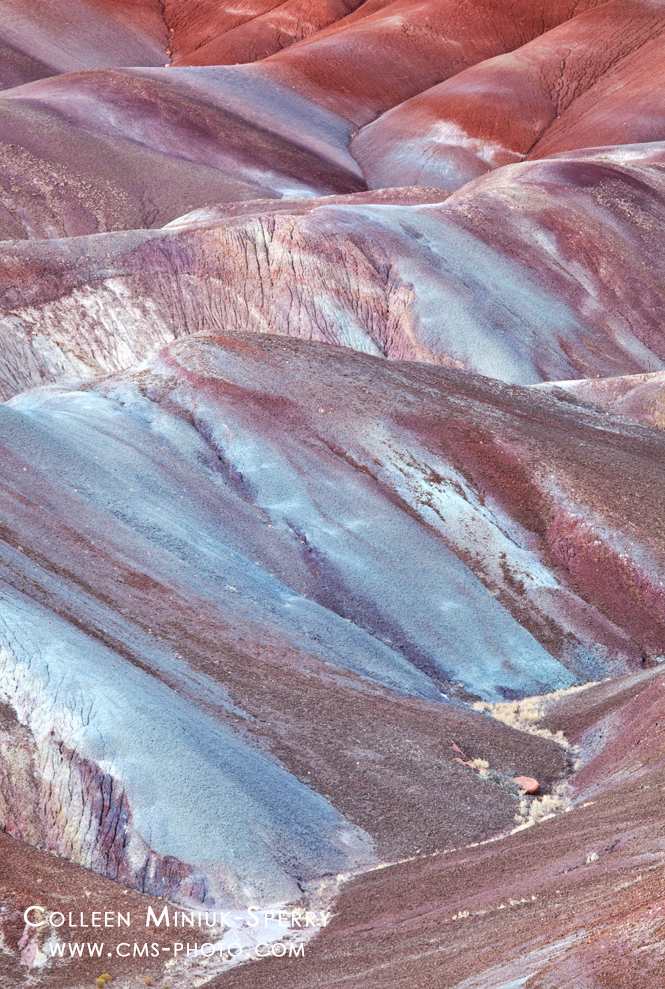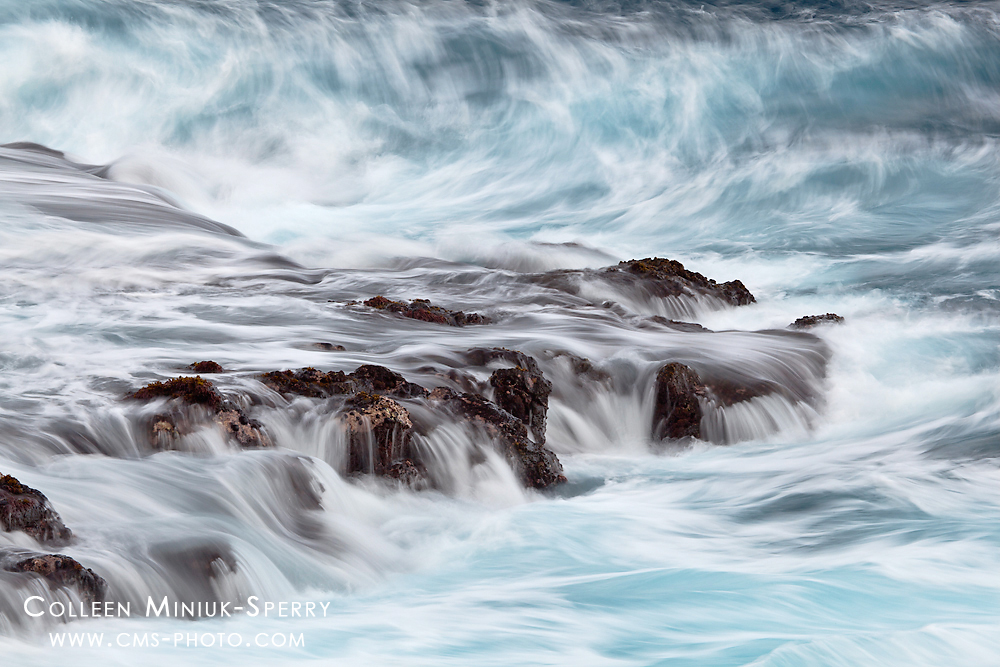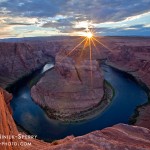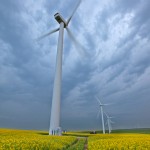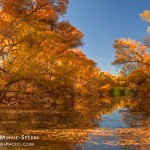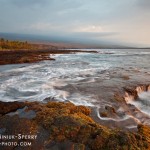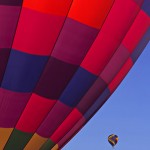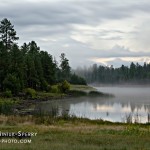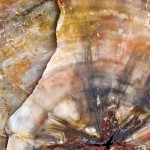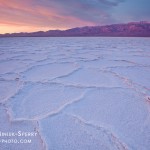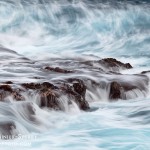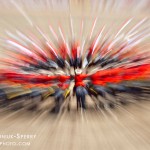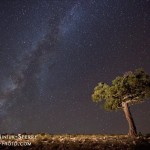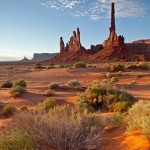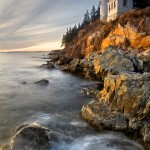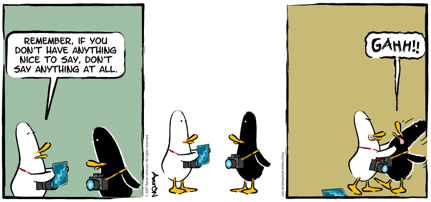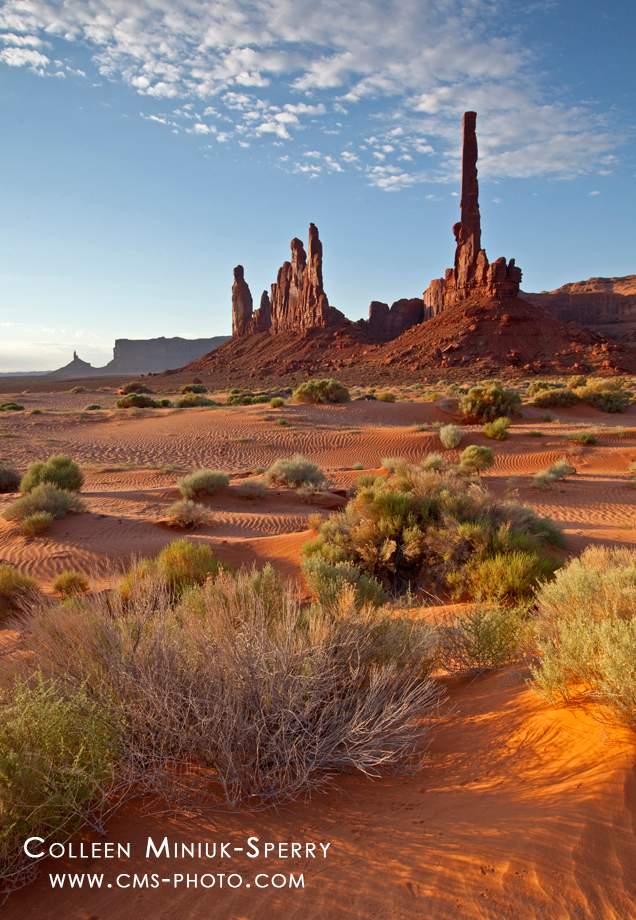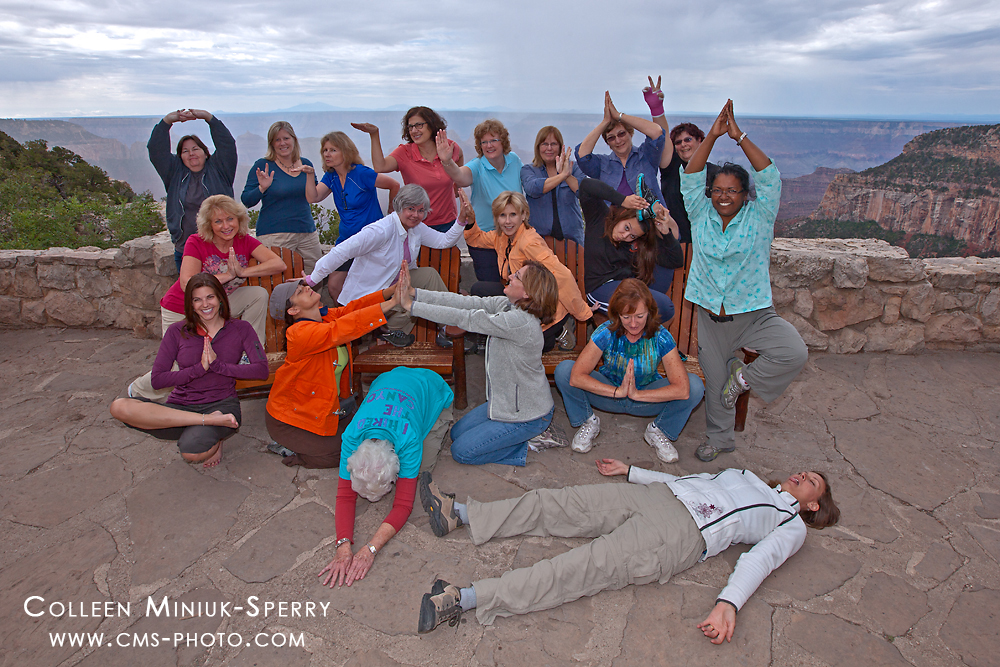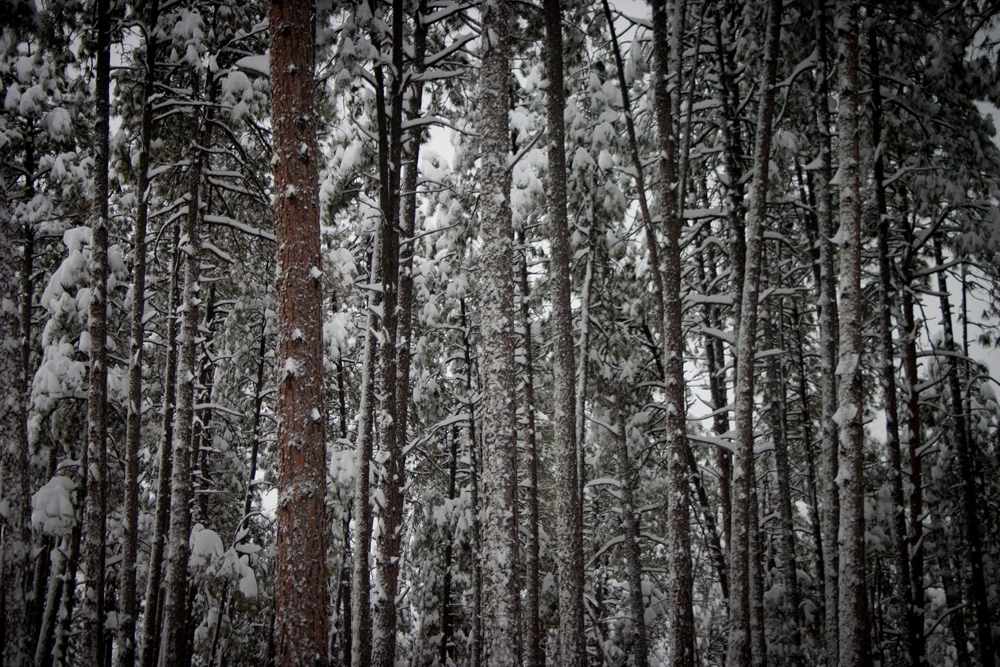
Photograph copyright Marissa Molloy
On my last day at home in Prescott over winter break, there was a pretty intense snow storm. It finally stopped snowing a few hours before I was supposed to leave, so I decided to go out shooting on some of the trails that run through our neighborhood. My parents’ house is on the outskirts and in the higher elevations of Prescott, so when it snows, we often get the brunt of it, and the city snow removal usually comes to plow our neighborhood. There was at least a foot of snow, and at some parts of my trek, I was knee-deep in it. Unfortunately, I was underdressed because I thought that Prescott winter weather couldn’t be nearly as bad as Flagstaff winter weather, so the snow completely soaked through my jeans, converse, and socks, the wind was cutting through my sweatshirt, my nose was running, and my gloveless hands were frozen and stiff by the time I arrived at this location. I had walked so far out along the trail that I could no longer see houses or hear cars. There was nothing but the trees, snow, wind, and myself. It was an incredibly peaceful place, and had I dressed more warmly so as to not be freezing my ears off, I would have spent much more time there. I wanted to capture this sense of complete and utter seclusion by shooting the wall of trees that surrounded me. This was before I could afford to buy my own DSLR, so I was shooting with my mom’s old Canon EOS Rebel. I had the aperture at f/5, the shutter speed at 1/2500 so I could stop the movement of the wind in the branches, and the ISO on 200. I later used minor post processing in Adobe Lightroom. After shooting this image, I realized I was two hours late for the time my dad and I agreed on to drive back up to Flagstaff, and my cell phone had no service. I quickly hopped and shuffled my way back home through the snow, and soon my phone was able to receive service again, I found that my parents had called and texted me at least 10 times. I finally returned, happy to finally be back in a warm house and dry clothes, and to have had a good morning shooting, but my parents were less than pleased with me.
About the Photographer:
My name is Marissa Molloy, and I am a Junior at Northern Arizona University studying Theatre Technology and Design and Photography. I decided to take a photography class freshman year as an elective, and I haven’t been able to put it down since. I believe my experiences in technical theatre influence my work in photography in a unique way. I can find inspiration in many things, like interesting color or line. Nature and landscape photography, as well as product and still life are my favorite things to shoot, and are my strong suits. If you like this photograph and would like to see more of my work, please check out my website. http://marissalynnmolloy.wix.com/molloyimaging.
To read more about the Northern Arizona University “Behind the Image: Guest Blogger” project on our blog, please read the introduction on our April 15 post at youcansleepwhenyouredead.com/wordpress/introducing-the-nau-photography-students-behind-the-image-guest-blogger-project.

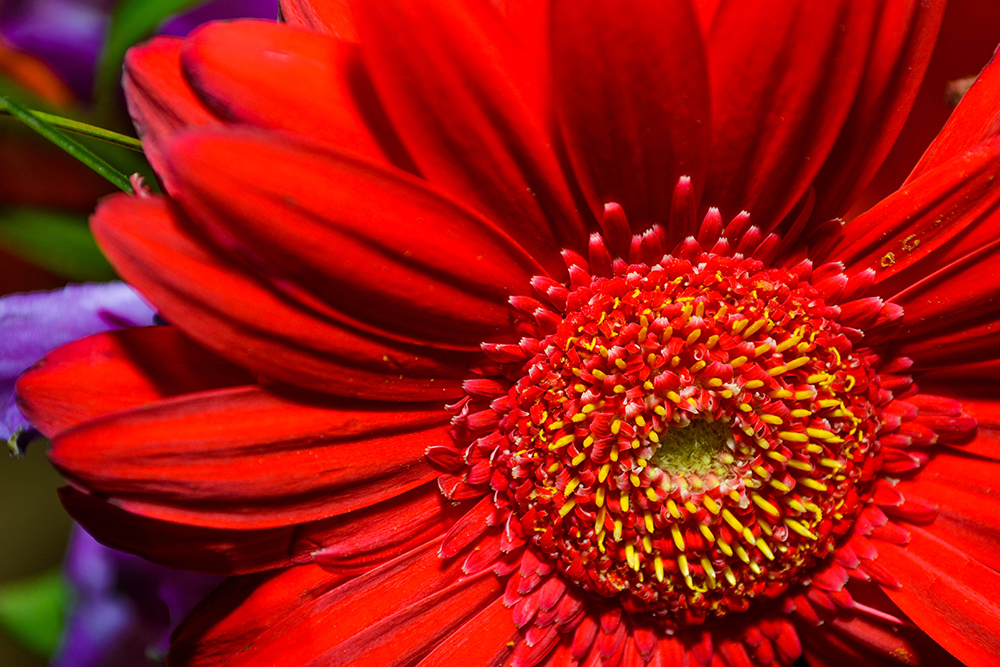
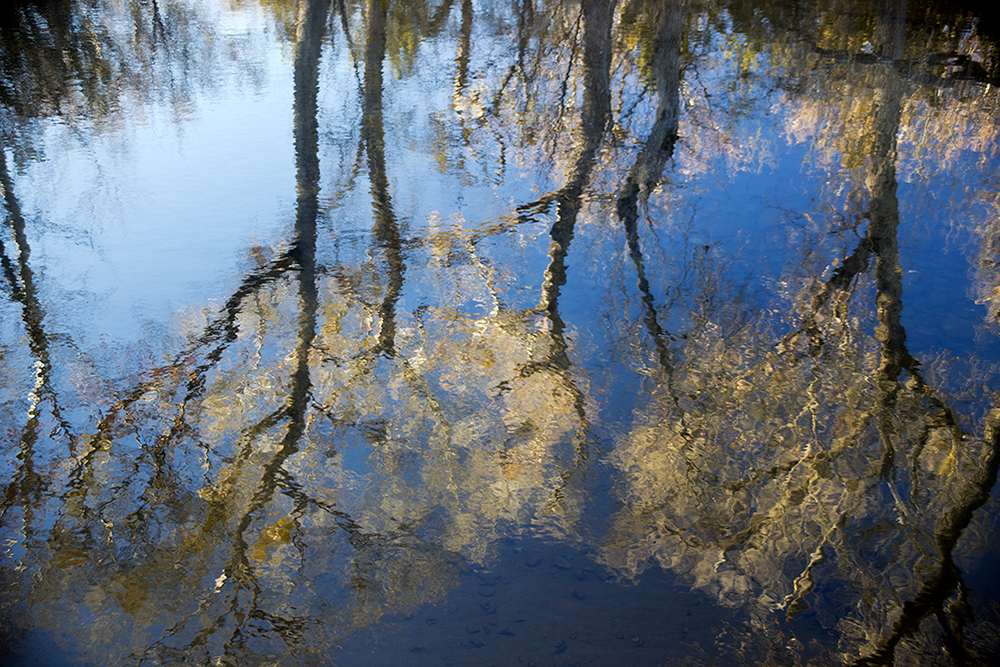
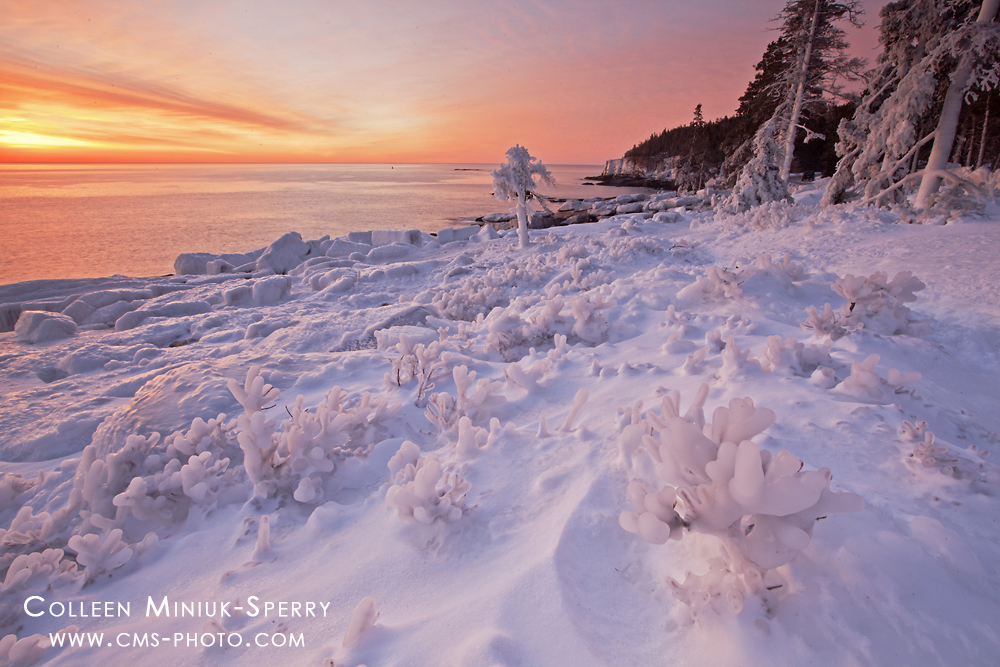
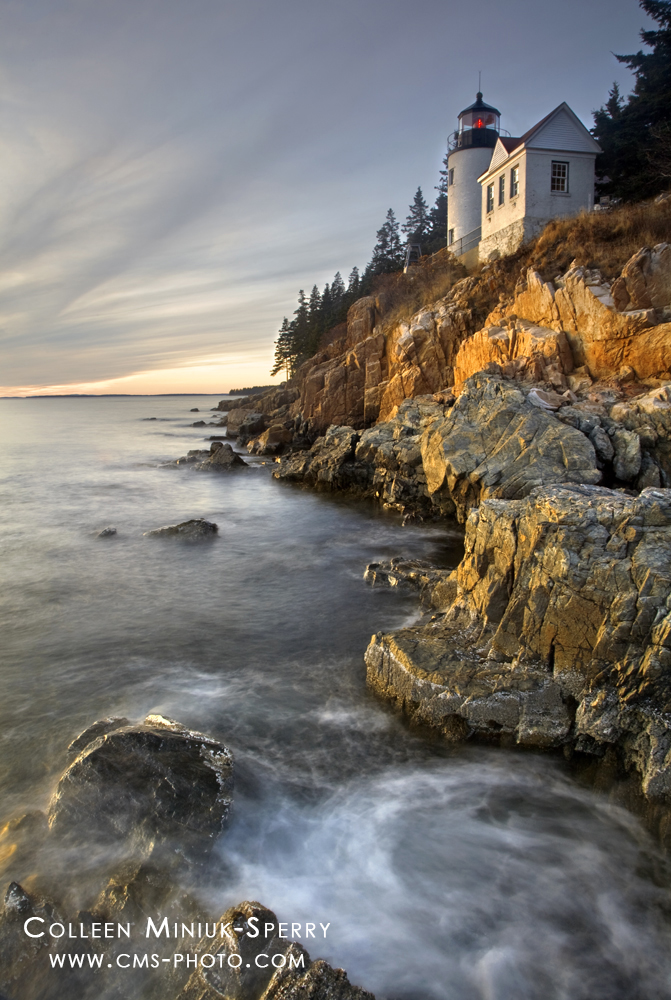
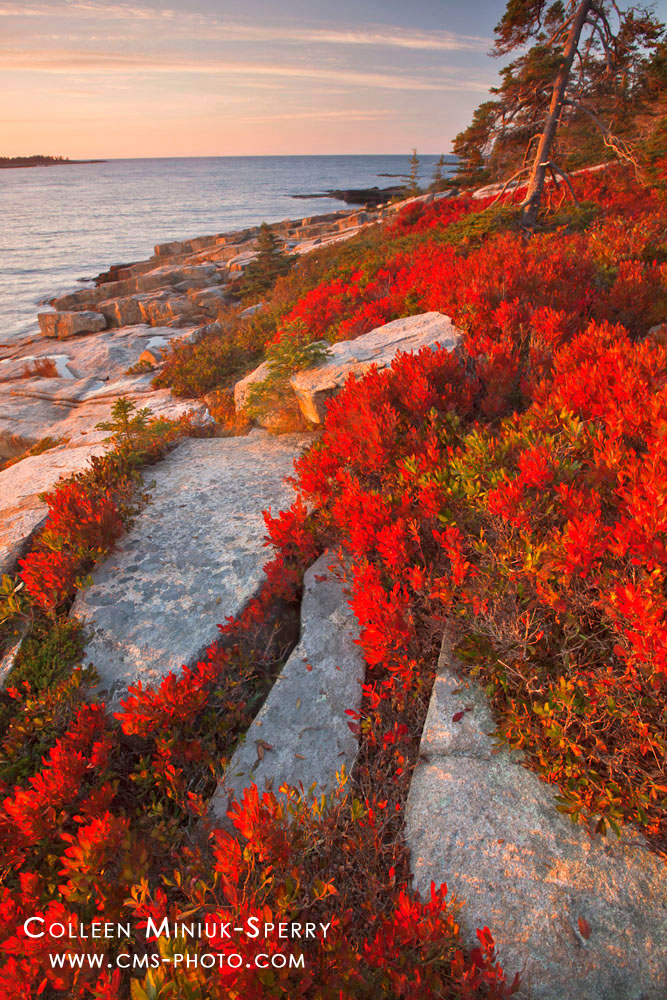
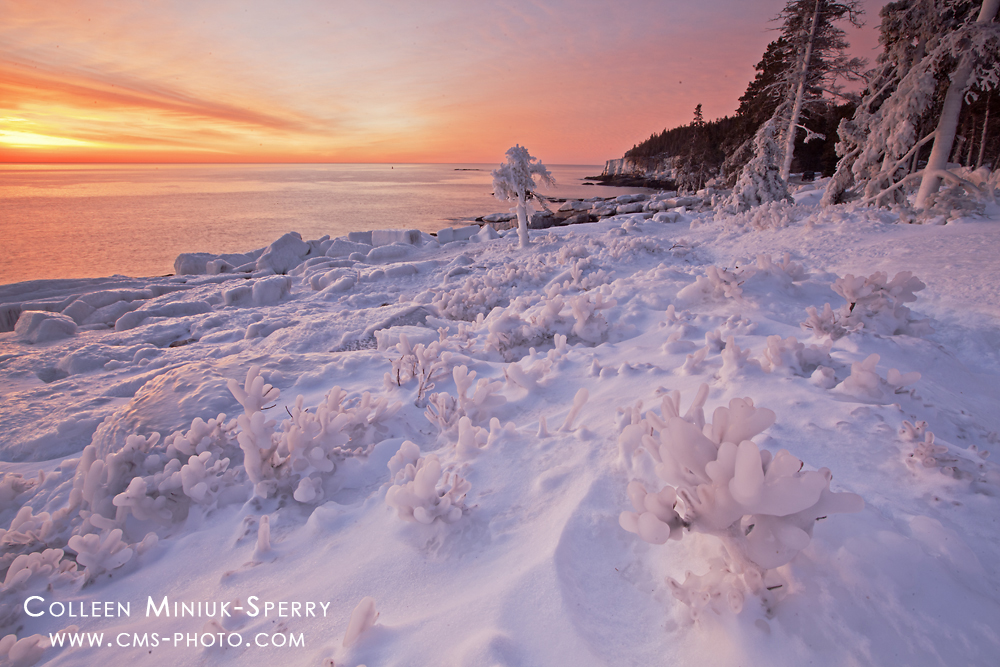
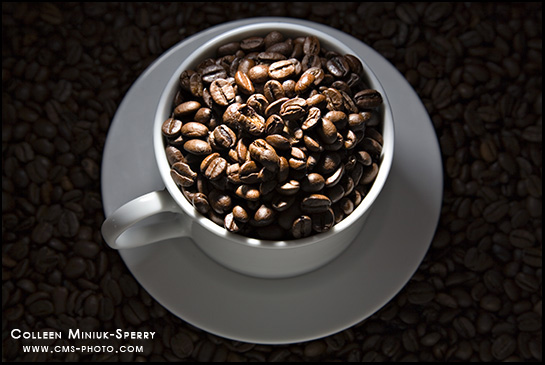 I have to spill the coffee beans…
I have to spill the coffee beans… For the three years that followed, fun it was as my husband, Craig, and I worked together to produce not one, not two, but three exclusive Southwest Cooking calendars. In between developing new recipes and buying props for the calendars, I wrote restaurant reviews for a number of publications, including Arizona Highways magazine, who published my first restaurant article on one of our favorite spots in Arizona,
For the three years that followed, fun it was as my husband, Craig, and I worked together to produce not one, not two, but three exclusive Southwest Cooking calendars. In between developing new recipes and buying props for the calendars, I wrote restaurant reviews for a number of publications, including Arizona Highways magazine, who published my first restaurant article on one of our favorite spots in Arizona,  A normal-sized tostada looks more tantalizing on a tiny plate than on a big plate. By tweaking proportions, we were able to draw attention to what seemed to be an abundant and attractive portion size. When you aim to modify the relative size of natural objects, tap into the perspective distortion a wide-angle lens offers to make a bush or other object in the foreground look excessively large in comparison to its surroundings. Or use a telephoto lens to compress two distant objects, making them seem closer together than they truly exist.
A normal-sized tostada looks more tantalizing on a tiny plate than on a big plate. By tweaking proportions, we were able to draw attention to what seemed to be an abundant and attractive portion size. When you aim to modify the relative size of natural objects, tap into the perspective distortion a wide-angle lens offers to make a bush or other object in the foreground look excessively large in comparison to its surroundings. Or use a telephoto lens to compress two distant objects, making them seem closer together than they truly exist.